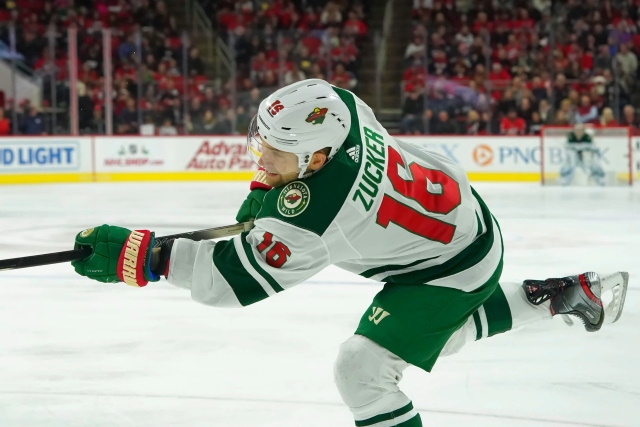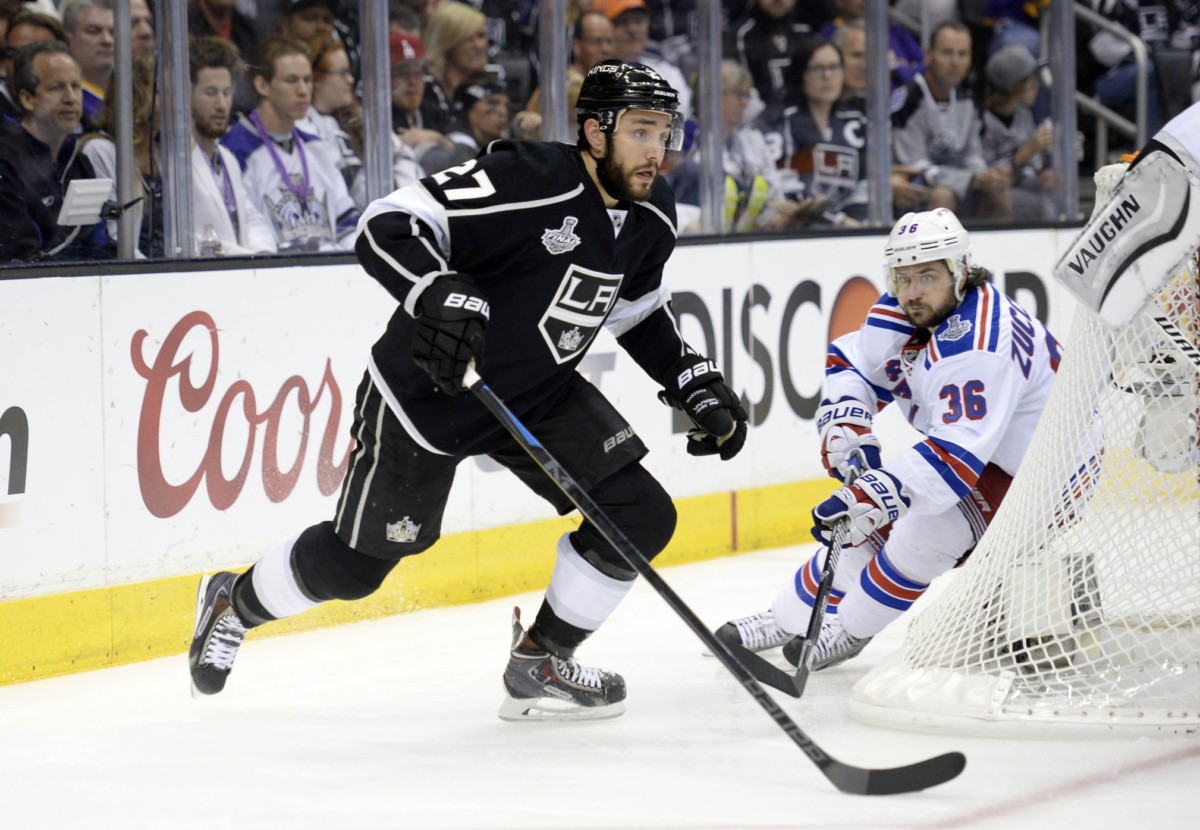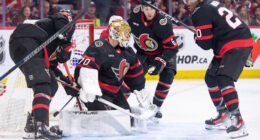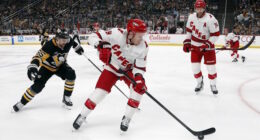Jason Zucker faced the specter of being traded for almost two years. On Monday evening, Zucker moved on from the Minnesota Wild as the Pittsburgh Penguins acquired the winger. Minnesota acquired Pittsburgh’s first-round draft pick, Alex Galchenyuk, and a defensive prospect Calen Addison. Let’s dig into the particulars.
What the Jason Zucker trade means for the Pittsburgh Penguins
Simply, it means another attempt for Pittsburgh in their quest to find top-six help for Sidney Crosby and/or Evgeni Malkin. The injury to Jake Guentzel forced a trade to be made and this is what Jim Rutherford came up with.
Zucker carries term and that is important. Pittsburgh possesses control of the 28-year old forward for three more seasons after 2019-20. Zucker’s AAV is $5.5 million. Puckpedia lists Zucker’s numbers here.
From the Pittsburgh viewpoint, Pittsburgh felt a need to find another top-six winger to play with Sidney Crosby. This is after the Alex Galchenyuk experiment failed so badly. While it is true that it is not always easy to play with elite forwards, Galchenyuk tried to adapt and regressed even worse than expected.
Jim Rutherford pulled the trigger a bit early maybe. On the other hand, Zucker had long been sought after by the Penguins. This was no secret as there was the failed Phil Kessel. Zucker posted 14 goals and 29 points in 45 games this season for Minnesota.
He’s had a drop in ice time of about a minute a game compared to the two previous seasons. Immediately Zucker expects to see around 17-18 minutes a night with Pittsburgh. Expect this to include a solid amount of top unit power-play time. That was the prevailing thought anyway.
Is this something Pittsburgh may regret again? Perhaps. On the other hand, they may not. Pittsburgh jumped early based on need. That sets the market or part of it as other Eastern Conference teams take notice.
What the Jason Zucker trade means for the Minnesota Wild
Bill Guerin made the prototypical first trade a General Manager makes. Or, did he? Jason Zucker’s value diminished this season as his shots and production inched downward. Guerin acquired a first-round pick (albeit it a late one) and gets to take a gamble on Alex Galchenyuk. Also, intriguing defensive prospect Calen Addison was packaged in the deal as well.
The Monday evening trade illustrated some of Minnesota’s clear needs. One of them was restocking the prospect cupboard. Addison starts to fill some of those gaps. The Lethbridge Hurricane defenseman produces at just over a point a game. His WHL numbers have steadily improved every season. Iowa beckons him likely sometime next season.
Also, there is Alex Galchenyuk. He makes $4.9 million and is an unrestricted free agent at season’s end. The forward scored just five goals in 45 games while playing just under 11 1/2 minutes a game. He did not mesh well with either Sidney Crosby or Evgeni Malkin. The result most nights was an incomplete effort at both ends of the ice.
Could Galchenyuk find himself in Minnesota? Anything is possible. This is his fourth team in less than three seasons. It is hard to believe the forward averaged 2.5 shots per game just a few seasons ago. His chances plummeted and shot attempts did as well with Pittsburgh. It was like he lost his ability to play with top talent, period.
Maybe a change of scenery helps Galchenyuk relax and just play hockey. As for the first-round pick, Minnesota can restock the cupboard a bit further but remember this could be almost like a second-round pick.
Some final thoughts on the Jason Zucker deal…
Minnesota gains $600,000 cap space which pro-rated is minimal. However, Galchenyuk’s contract expires at the end of the season which helps Minnesota’s cap. Also, the Wild has 45 SPC’s which gives Guerin a hair more flexibility.
Pittsburgh hopes that Zucker can quickly mesh into Pittsburgh’s top-six after several failed attempts to remedy the problem. Jason Zucker shooting the puck more on net would help along with generating more scoring chances. Those two things vanished in Minnesota too often towards the end.
Finally, Pittsburgh started the puck knuckling making the first significant move. Now, we see what the ripple effect becomes.





